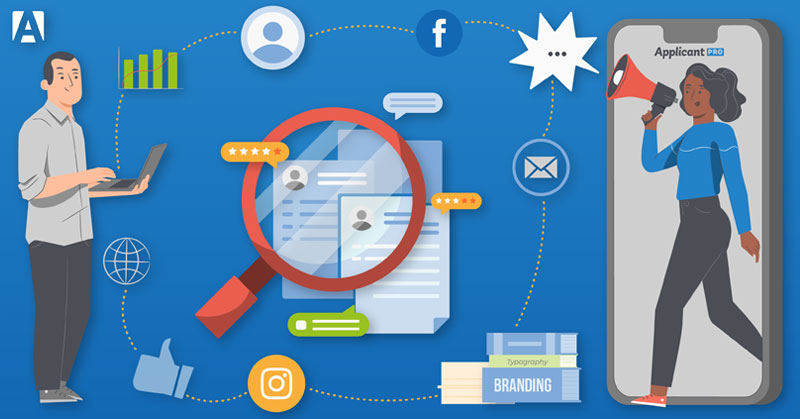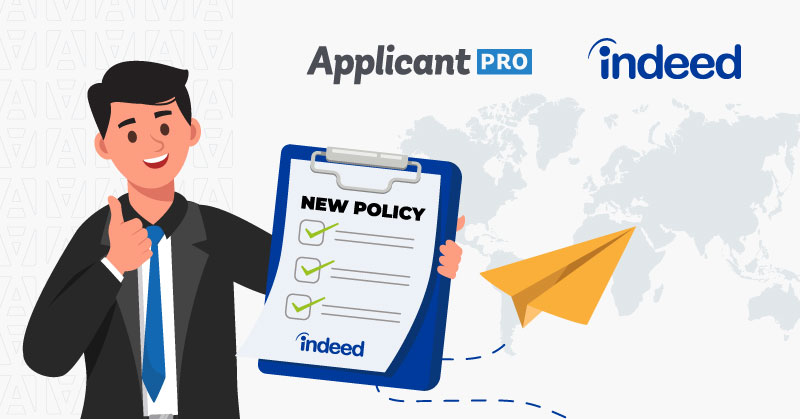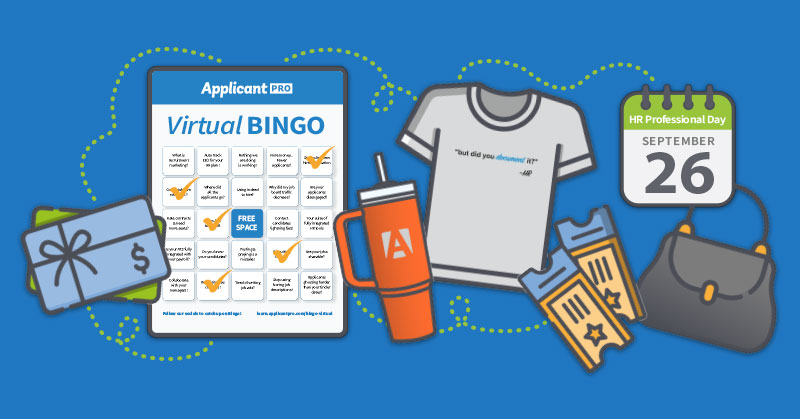

How's your relationship with your employees?
In the dynamic landscape of today's workplaces, the significance of fostering strong relationships between employers and employees cannot be overstated. Beyond the conventional employer-employee dynamic, creating a positive and engaging work environment has far-reaching benefits that contribute to the overall success and sustainability of your company.
So what are these far-reaching benefits of a good relationship with your employees?
1. Employee Engagement:
One of the cornerstones of a successful organization is employee engagement. Establishing a positive relationship with employees cultivates a sense of commitment and motivation, leading to increased productivity and a workforce that is genuinely invested in the company's mission.
2. Productivity Boost:
A harmonious work atmosphere is conducive to higher productivity levels. When employees feel valued and supported, they are more likely to channel their energy into their work, contributing to the achievement of organizational goals.
3. Retention Matters:
High employee turnover can be a drain on resources. Building positive relationships is a key strategy for retaining valuable talent, reducing recruitment costs, and ensuring stability in project continuity.
Guide to Understanding Your Target Job Seeker
Learn how to build a job seeker persona to attract your ideal applicants
4.Fostering Collaboration:
Teamwork and collaboration thrive in an environment where positive relationships are cultivated. Employees who feel a sense of camaraderie are more likely to collaborate effectively, share ideas, and collectively tackle challenges.
5. Employee Well-being:
Beyond the professional realm, positive workplace relationships contribute to the overall well-being of employees. A supportive work environment positively impacts mental and emotional health, leading to increased job satisfaction and lower stress levels.
6. Shaping Company Culture:
Relationships within a company play a pivotal role in shaping its culture. A positive culture not only attracts top talent but also enhances the organization's reputation and customer satisfaction.
7. Facilitating Effective Communication:
Open communication is the lifeline of any successful organization. Positive relationships create an environment where employees are comfortable communicating with each other and with management, minimizing misunderstandings and enabling effective issue resolution.
8. Nurturing Employee Development:
Understanding employees' strengths and weaknesses is essential for their development. Positive relationships provide valuable insights, allowing for the creation of tailored development plans that benefit both the individual and the organization.
The importance of cultivating positive relationships with employees extends far beyond the immediate workplace. It influences employee engagement, productivity, retention, collaboration, innovation, and overall organizational success. Building and nurturing these relationships should be a strategic priority for any forward-thinking company looking to thrive in the competitive landscape.
So how do you build strong relationships with your employees?
Building strong relationships with employees requires a combination of genuine care, effective communication, and a supportive work environment. Here are some strategies to foster positive connections:
Open and Transparent Communication:
- Keep employees informed about company goals, changes, and updates.
- Encourage two-way communication, actively listening to employees' ideas, concerns, and feedback.
- Be transparent about decision-making processes and the reasoning behind important company decisions.
Recognition and Appreciation:
- Acknowledge and celebrate achievements, both big and small.
- Provide regular feedback on performance, emphasizing strengths and areas for growth.
- Recognize employees' efforts and contributions to create a culture of appreciation.
Employee Development Opportunities:
- Offer training programs, workshops, and opportunities for skill development.
- Support employees in setting and achieving professional development goals.
- Provide mentorship programs to foster growth and career progression.
Flexible Work Arrangements:
- Consider flexible work hours or remote work options when feasible.
- Acknowledge and accommodate individual needs, such as family obligations or personal circumstances.
- Show empathy and understanding towards work-life balance.
Create a Positive Work Environment:
- Foster a workplace culture that values collaboration, teamwork, and inclusivity.
- Provide a comfortable and conducive physical work environment.
- Encourage social interactions through team-building activities or events.
Promote Work-Life Balance:
- Respect employees' time outside of work and discourage a culture of excessive overtime.
- Offer wellness programs and initiatives that support both physical and mental well-being.
- Lead by example in prioritizing a healthy work-life balance.
Empowerment and Trust:
- Delegate responsibilities and empower employees to take ownership of their work.
- Trust employees to make decisions within their areas of expertise.
- Recognize and celebrate individual and team achievements.
Regular Check-ins:
- Schedule regular one-on-one meetings to discuss goals, progress, and challenges.
- Use these check-ins to understand employees' career aspirations and provide guidance.
- Address any concerns or issues promptly to demonstrate support.
Social Events and Team Building:
- Organize social events, team-building activities, or retreats to strengthen team bonds.
- Encourage informal interactions to build personal connections among team members.
- Create a sense of belonging and camaraderie.
Support for Personal Growth:
- Support employees in pursuing personal interests or passion projects.
- Provide opportunities for cross-functional collaboration to broaden skill sets.
- Show interest in employees' long-term career aspirations and help align them with company goals.
By implementing these strategies, your organization can create a workplace culture that values and prioritizes the well-being, development, and engagement of your employees, ultimately leading to stronger and more meaningful relationships.

Target your ideal applicants!
3 Steps to Understanding your Target Job Seeker
Share this article
Related Articles

Could You Benefit From Recruitment Marketing?
Are you struggling to recruit top talent while juggling a busy schedule? ApplicantPro's Recruitment Marketing services can streamline your hiring process. We partner with you to attract, convert, and retain high-quality candidates.

Navigating Indeed's Updated Organic Job Visibility Policies
As a Platinum Partner with Indeed, we're here to guide you through key updates to Indeed's job visibility policies and how they impact your hiring strategies. Learn best practices for maintaining organic visibility and discover how sponsorship can accelerate tough-to-fill roles.

Join Us For Our 1st Annual Virtual Bingo Event!
ApplicantPro wants to celebrate Human Resource Professional day with our first ever virtual bingo! Check out this blog for information on how to play, when to play, and what you can win!